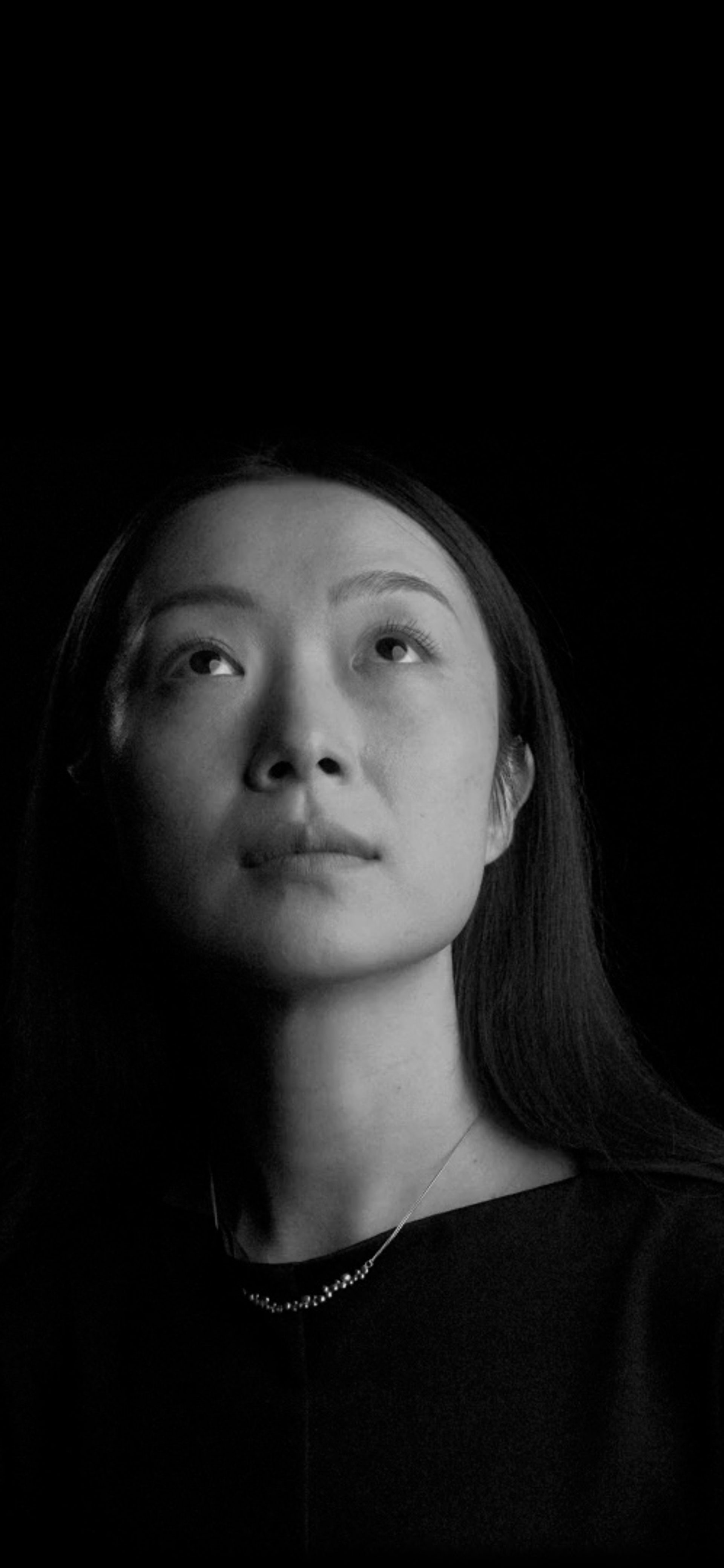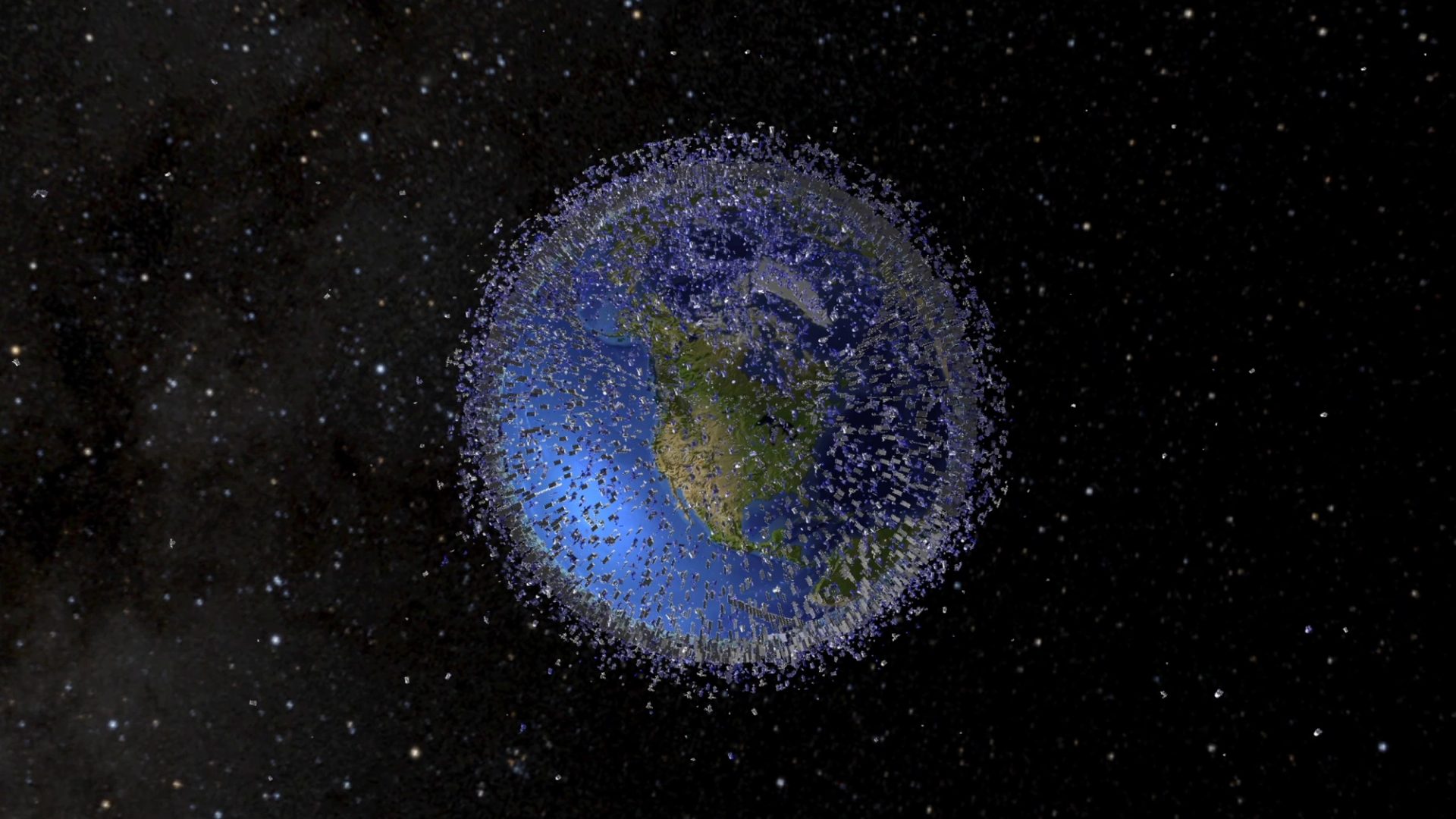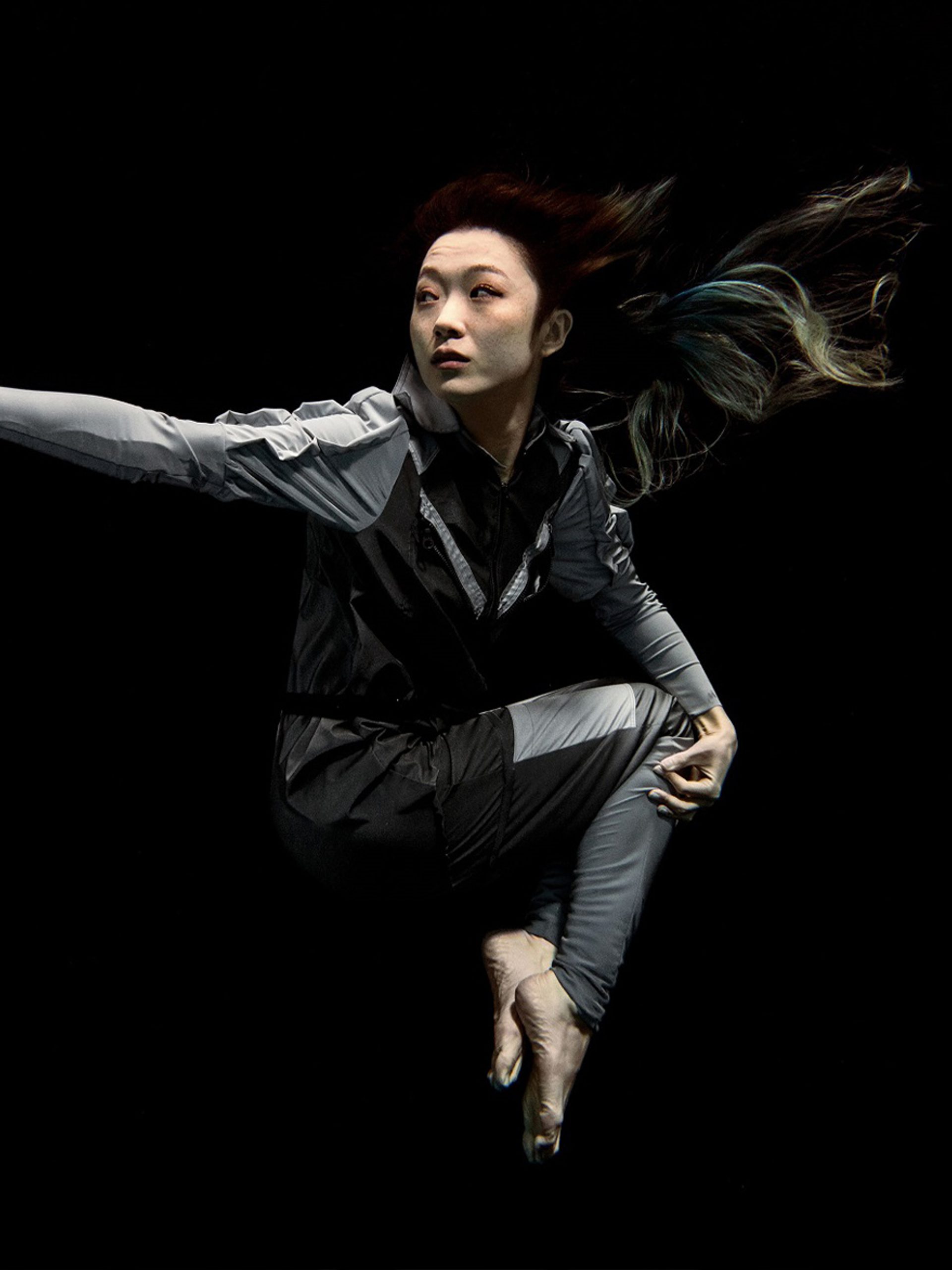Xin Liu: Cosmic Metabolism

To celebrate Sydney Science Festival 2024 Powerhouse Associate Ceridwen Dovey interviewed this year's keynotes, Susmita Mohanty, Maya Nasr and Xin Liu.
Xin Liu is an engineer and artist. Xin is an artist-in-residence at SETI Institute, an advisor for LACMA Art+Tech Lab, a researcher at Antikythera, Berggren Institute and the founding Arts Curator in the Space Exploration Initiative at MIT Media Lab. Liu’s work explores her interests in the verticality of space, extraterrestrial exploration and cosmic metabolism. She has performed in zero gravity and sent her wisdom tooth into outer space in work that connected her cultural and family traditions.
‘What we have achieved is magnificent, but it’s also so distant and foreign to our embodied experience of living on the planet.’
Ceridwen Dovey As the arts curator at the MIT Space Exploration Initiative, you're at the forefront of space science. Which new space discoveries are inspiring you as an artist?
Xin Liu I’m fascinated by the fact that Earth is at a different temporal moment compared to other planets in the solar system. So, in a way, we could say that Mars is the future of Earth, which is one of many possibilities. I am humbled by the realisation that life itself is such a unique moment in the history of our universe; a fleeting and beautiful moment that is ephemeral at the cosmic scale.

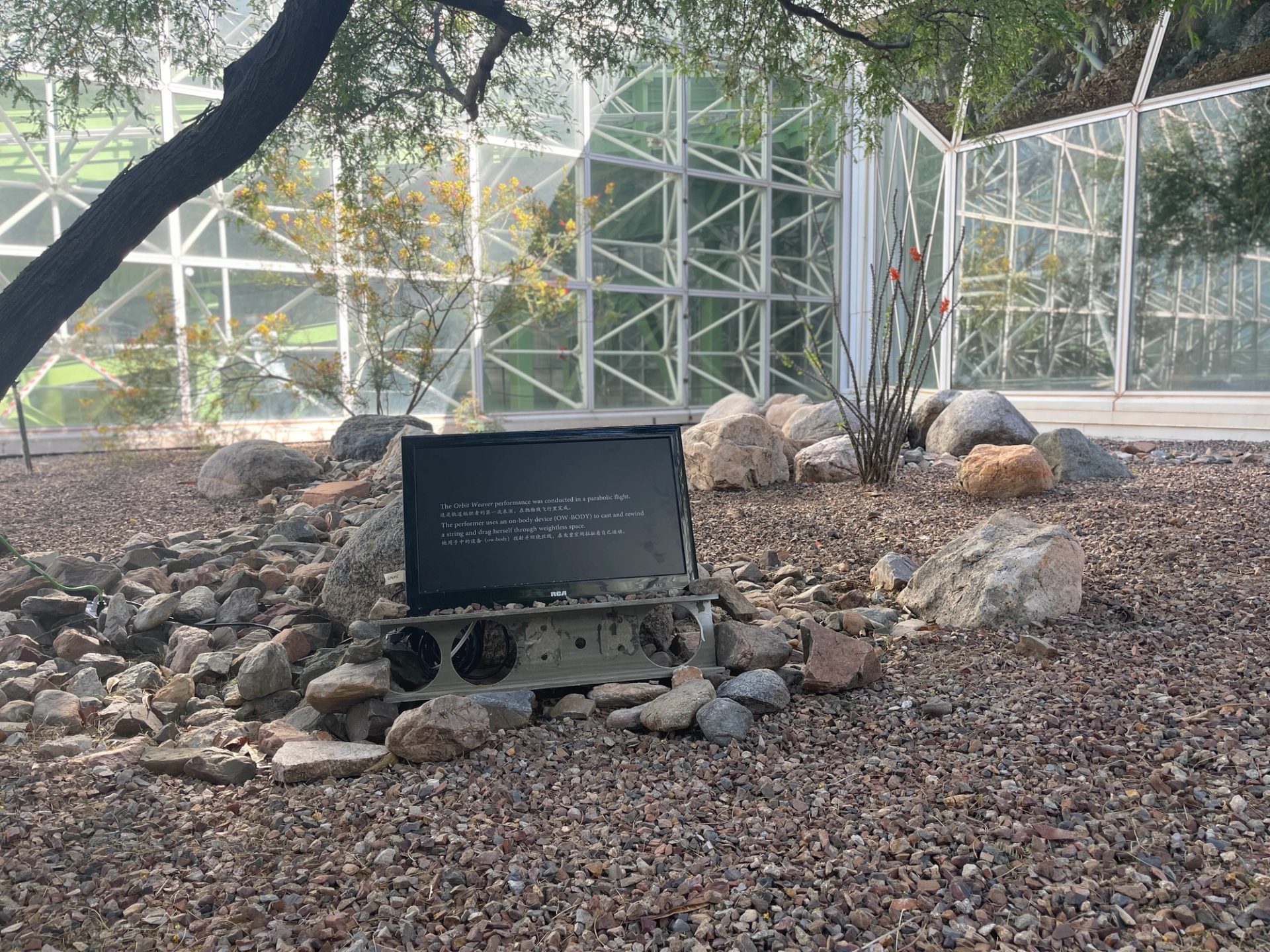
CD Your art taps into a vein of longing and sadness by considering not only what humans send into space, but what inevitably falls back down to the ground. Do you agree that part of the human relationship with outer space is about coming to terms with failure?
XL In my work, I've been focusing on a concept I call ‘cosmic metabolism’. It’s about learning to allow things to break, come back, fall. When I first experienced parabolic flight (the only way to achieve weightlessness without going to space), I thought the experience would make me feel like a superhero, flying and defying gravity. But actually, it’s free-falling, which means allowing yourself to fall with the world – to be free of the grasp of gravity only because you fall with it.
This was a psychological shift in my understanding of departure and return, lifting off and coming back home. Everyone’s life is an odyssey, but it is not a one-dimensional journey. You go forward, up and down; you circle, you spiral. You are confused, you fall, but that can be the most beautiful thing. I think failure is part of being human. A much more reciprocal world is constantly being born because things died, failed, and were reborn.

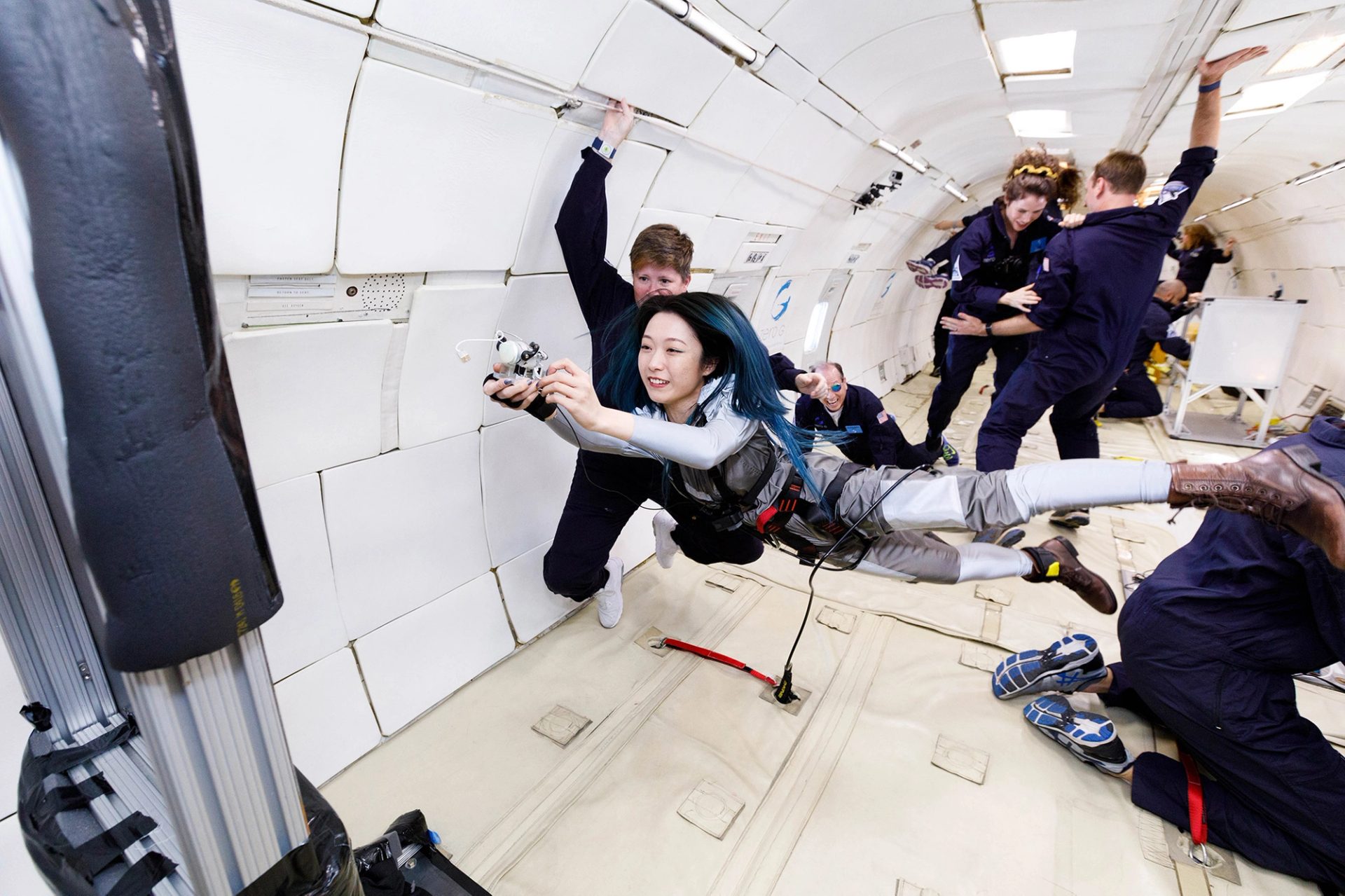
CD In your Living Distance art project, you launched your own wisdom tooth – 'a tiny lifeless rock out of flesh' – into space on a Blue Origin rocket. Tell us more about the symbolism of this gesture.
XL In Chinese culture (and in some other East Asian cultures), there’s a saying that when a child loses a tooth, if it’s a ‘top’ tooth, you should bury it in the ground. And if it’s a ‘bottom’ tooth, you should throw it up high at the ceiling for good luck.
So that’s kind of what I did. When I had my wisdom tooth extracted, it looked as if it was ceramic; a piece of rock, yet it had come from me. In Buddhist practices, after a monk has left their physical body and the body is cremated, there are little pearls left behind that people can later collect. These pearls are often teeth, and are believed to hold the monk’s sacred spirit in them. I felt that connection as I was developing the project.

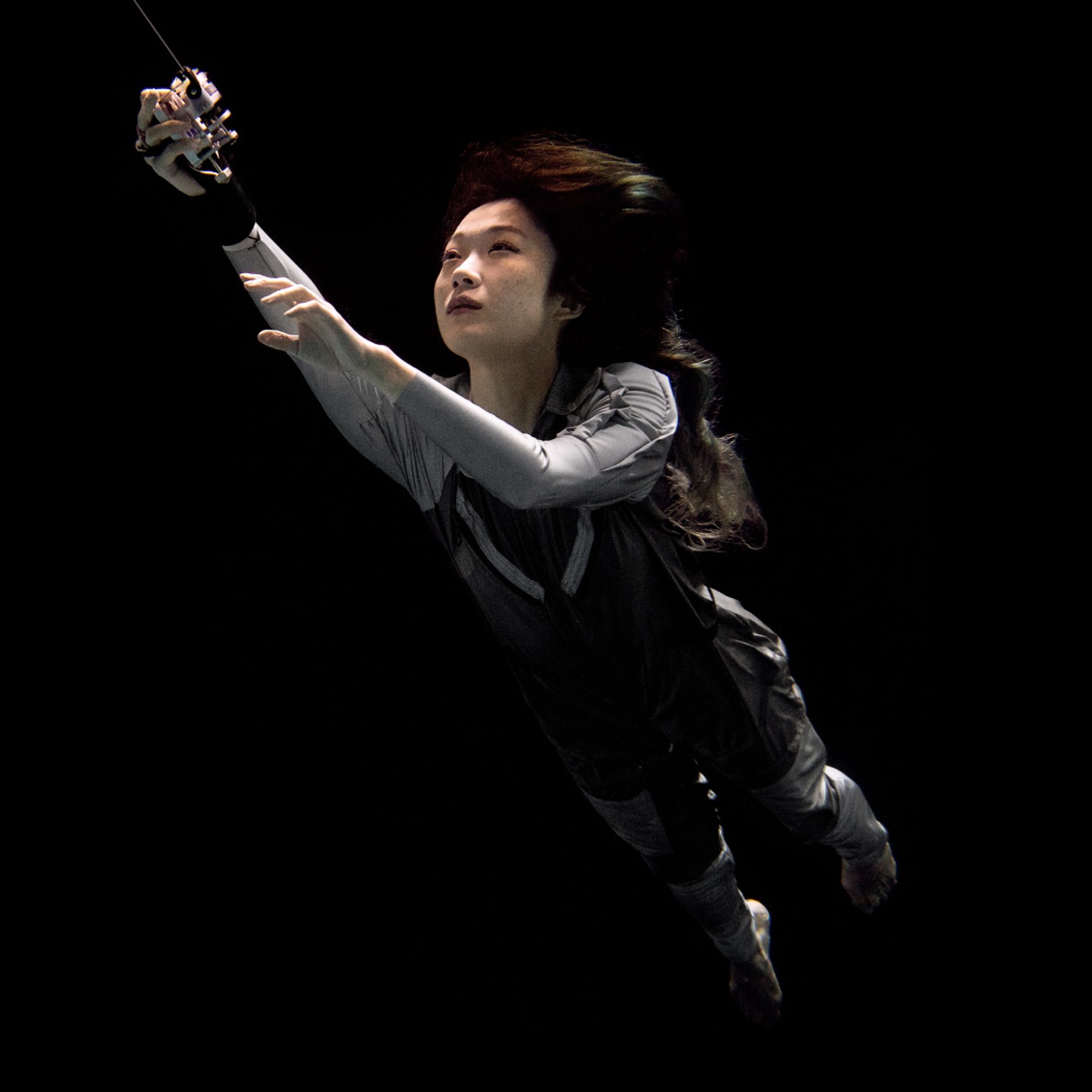
CD In the Powerhouse Collection, there's a frayed end of an oxygen tank from the Skylab space station that looks just like the rocket debris you photographed in your film The White Stone (2021). SpaceX debris was also recently found on farms in Australia's Snowy Mountains region, sparking much interest. Why are humans so fascinated by rocket debris?
XL This is a great question. I've been thinking a lot about how science and technology have transformed our relationship with nature and the world. Yet for humans, daily life is still fundamentally about walking on this planet, feeling the soil underneath us, and seeing the sky above. Like our ancestors, we are fascinated by the world above us. The sky that’s filled with birds and clouds, or the heavenly place where souls may reside.
But now there are so many human-made metal artefacts orbiting our planet, and there are moments when this unfathomable reality pierces our consciousness: like when a rocket falls from the sky. This is when we realise what we have done to nature and to this world. What we have achieved is magnificent, but it’s also so distant and foreign to our embodied experience of living on the planet. We’re still trying to make sense of this.
In my film The White Stone, I wrote:
Human beings are born on the ground, yet covet the sky.
We build towers, skyscrapers and spaceships,
setting off a great migration.
Soon,
This civilized planet is filled with people from top to bottom.
The Earthrise photograph was captured by astronaut William Anders during the 1968 Apollo 8 mission and depicts Earth as a fragile blue marble amid the vast blackness of space. This was the first colour photograph of Earth from space, and it forever shifted humanity’s perception of our planet. Half a century later Sydney Science Festival brings together leading creatives and scientists from around the world who are radically rethinking our understanding of the sky, Country and each other.











